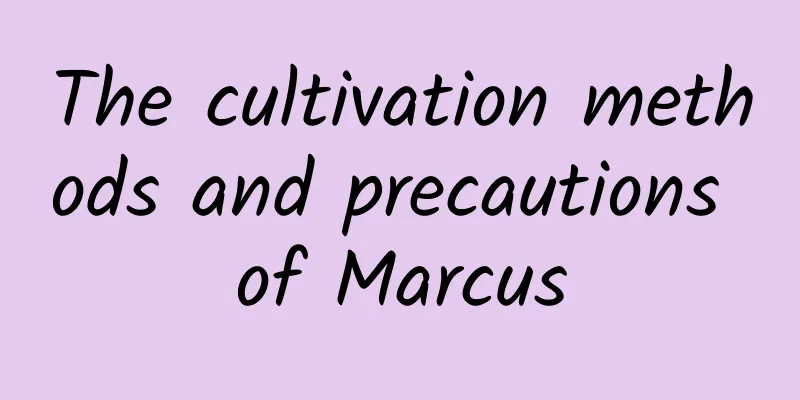Are hydrangeas poisonous?

1. ToxicHydrangea contains toxic ingredients. The whole plant is poisonous, so it is not suitable for indoor cultivation, especially in families with children. To prevent the danger of accidental ingestion, it is recommended to grow it in the courtyard. Its stems and leaves are the most toxic, and use can cause symptoms such as hernia, abdominal pain, diarrhea, vomiting, shortness of breath, and blood in the stool. 2. Indoor farmingHydrangea is poisonous, but its smell is not toxic. Moreover, its bright and beautiful appearance, like a cluster of hydrangea flowers, is very lovable, so it can be grown indoors. But be careful not to let children eat it by mistake, and wash it immediately after touching it. If there is a pregnant woman at home, it is best not to raise it. During pregnancy, women's bodies undergo major changes, and the scent of flowers may cause discomfort or nausea. 3. Prevent allergiesPeople who are allergic to pollen are not suitable for growing hydrangeas. If you accidentally come into contact with hydrangeas and develop allergies, redness or swelling, seek medical attention immediately or take anti-allergic drugs. |
<<: What are the whole grains?
>>: What can't be eaten with mango?
Recommend
Is pumpkin a fruit or a vegetable?
Is pumpkin a fruit or a vegetable? Pumpkin is a k...
How to grow sugar apple seeds in small pots
1. Seed processing Wash the surface pulp of the s...
Can aloe vera be poured with cola?
Can aloe vera be used to pour cola? Aloe vera can...
The best time to repot gardenias and what to pay attention to
The right time to repot gardenia The best time to...
How to grow Begonia
1. Soil When caring for Begonia, you first need t...
How to prune watermelons and how to get more fruits?
Watermelon pruning time It is more suitable to pr...
How to grow beautiful arrowroot in winter
1. Winter growth environment of beautiful arrowro...
The difference between orchid and amaryllis
Different categories For the former, it is of the...
Can fig trees be planted in the yard?
Can I grow a fig tree in my yard? Fig trees can b...
Disease and Pest Control of Wool Rhododendron
1. Brown spot disease The disease may cause the w...
Will roses freeze to death if placed outdoors in winter (do they need to be moved indoors in winter)?
Roses have a certain degree of cold resistance. D...
Peach blossom disease prevention and control
Peach blossom punching disease It mainly harms le...
Is Christmas cactus suitable for deep or shallow pots?
Is Christmas cactus suitable for deep or shallow ...
How to grow gardenia in water? How to grow it at home
Can Gardenia be grown in water at home? Water-gro...
What plants are suitable for the bathroom
1. Mint It will emit a fragrance, which is relati...









